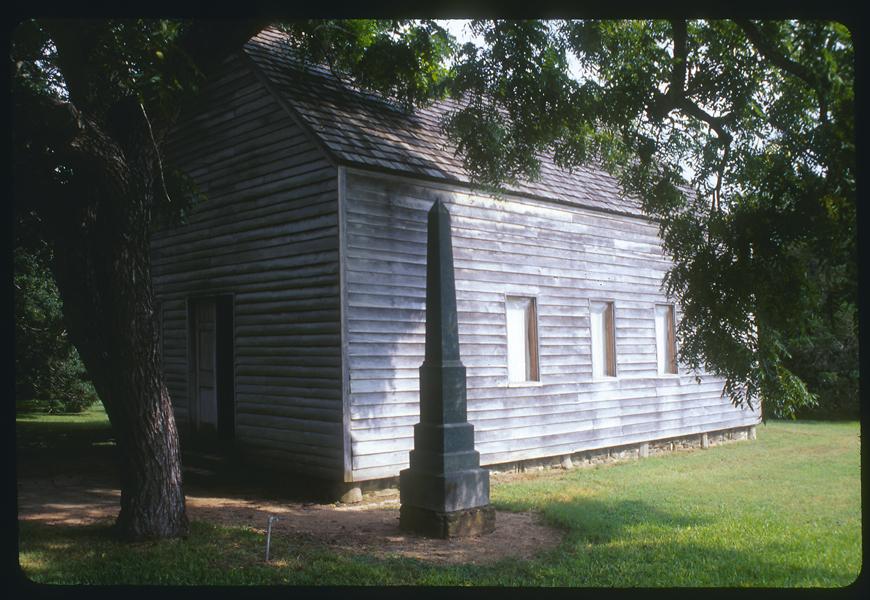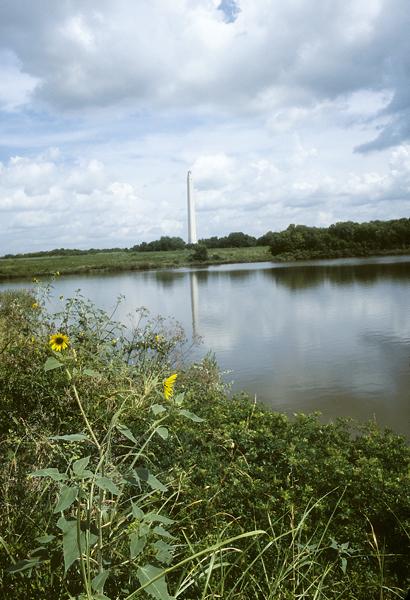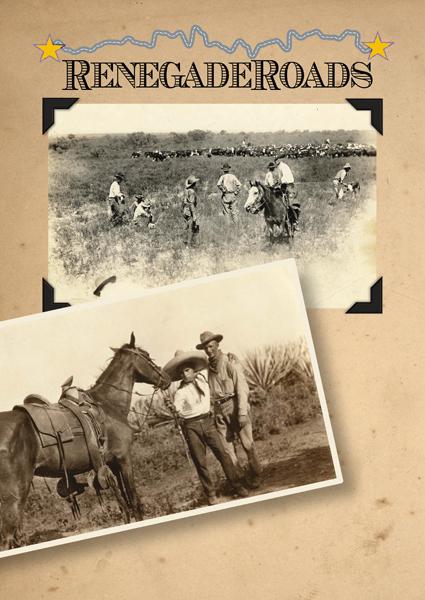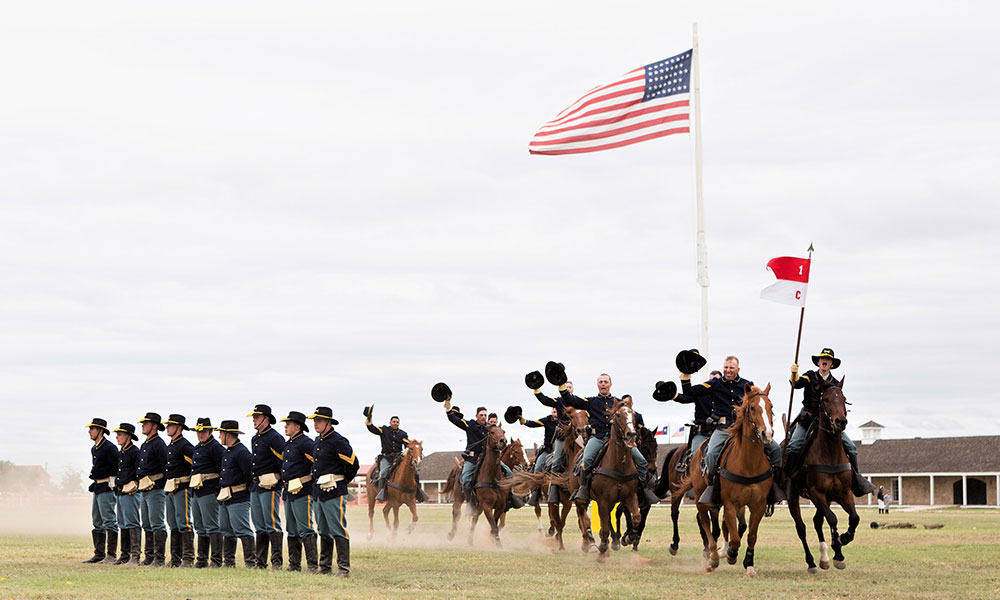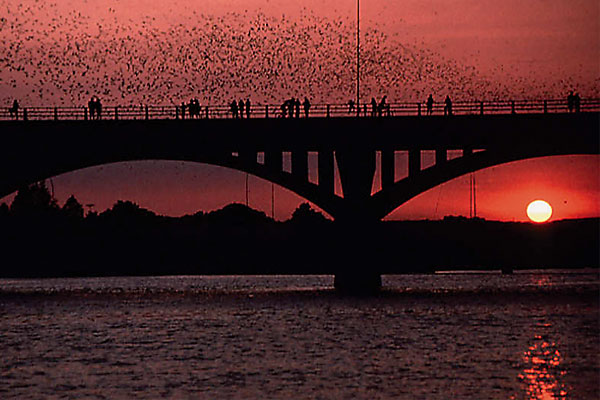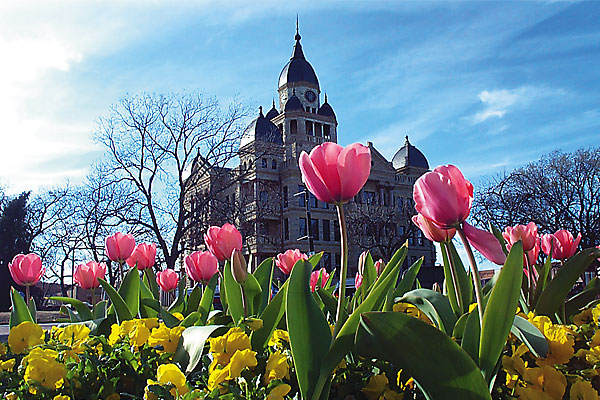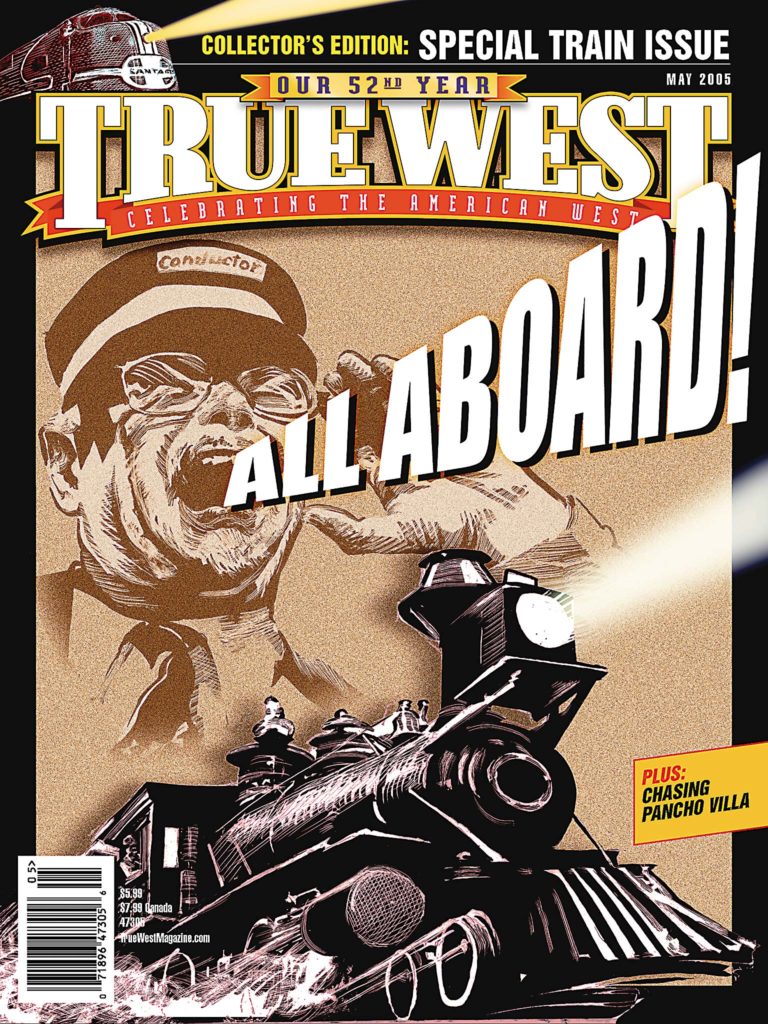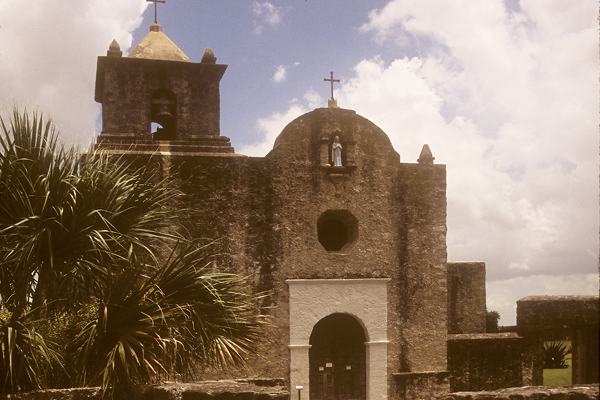 Crockett … Travis … Houston … Bowie. … The Texas Independence Trail is about icons, so it’s only fitting that the first tombstone I notice at the Texas State Cemetery in Austin belongs to one of the Lone Star State’s biggest legends.
Crockett … Travis … Houston … Bowie. … The Texas Independence Trail is about icons, so it’s only fitting that the first tombstone I notice at the Texas State Cemetery in Austin belongs to one of the Lone Star State’s biggest legends.
Sure, I’m looking for Stephen F. Austin’s headstone on Republic Hill, but this gent stands taller than the father of Texas. Tom Landry. Wow, am I impressed. And I hate the Dallas Cowboys.
Okay, Austin isn’t really on the Texas Independence Trail. That’s a winding, 76-stop, Texas Historical Commission-designated route through 28 counties. But this is a Renegade Road, in Texas no less, so let’s make our own trail.
Austin
What better place to start than the state capital with icons like Austin City Limits … Sixth Street … the Driskill Hotel’s lobby bar … and the Texas State Cemetery, with a who’s who of Texas legends.
If you need a refresher in Texas history, the best place to start is the state-of-the-art Bob Bullock Texas State History Museum. Each floor has a theme—“Encounters on Land,” “Building the Lone Star Identity” and “Creating Opportunity”—and while the 15-minute film The Star of Destiny comes across as Texas corn pone and one-sided, the museum as a whole is multi-ethnic and well-rounded.
After spending a couple hours here, I’m ready to head east on U.S. 290.
Giddings and Brenham
Speaking of Texas icons, that black-hearted gunman William P. Longley is buried in the cemetery east of Giddings. In fact, I doubt if Giddings has seen this much traffic since Longley was hanged for one of a slew of murders back in 1878. A train is stopped on the railroad tracks, causing the local law enforcement types to reroute traffic. Waiting is not one of my strong suits, not when another Texas legend awaits me in Brenham.
Brenham’s one of those quaint Texas towns, full of good restaurants, antique shops and B&Bs, but it’s also the gateway to Washington County, which is loaded with Independence Trail stops (Burton … Chappell Hill … Independence … and, naturally, Washington-on-the-Brazos).
Washington-on-the-Brazos, “The Birth-place of Texas,” is my destination, but first I’ll visit one of the biggest by-golly icons in Texas. Blue Bell Creameries, here I come.
Washington-on-the-Brazos
Full of peach ice cream, I make my way to Washington-on-the-Brazos to visit the state historical park, Barrington Living History Farm and Star of the Republic Museum.
Established in 1915 on the original town site, the state park preserves the beginning of Texas. At Independence Hall (the reconstruction is a main draw here) on March 2, 1836, 59 representatives voted to create the Republic of Texas.
“Brave men right here forged a new nation,” park ranger Walt Bailey tells visitors at Independence Hall. “They had, in many ways, as much courage as the men at the Alamo.”
Of course, Washington-on-the-Brazos doesn’t get as much press (or as many visitors) as the Alamo, but this is one of the most important stops on the Independence Trail, and the lively Barrington Living History Farm (“Smell it, feel it, touch it,” interpreter Pam Siebenicher says) and Star of the Republic Museum make this a trifecta for Texas history buffs.
Huntsville
Here’s a beef. Instead of being on the Independence Trail, Huntsville finds itself on the Forest Trail.
Since icons are my heroes, however, I head north. What would Texas be without Sam Houston?
Sam—all 67 feet of him—greets me on the outskirts of Huntsville as I head along I-45. Artist David Adickes had a vision when he began the 60-ton monument to Sam Houston, A Tribute to Courage. I wonder how many wrecks this statue has caused, and when the Department of Transportation will do something about the sorry condition of the exit off the interstate.
Sam would be annoyed.
But he would appreciate Huntsville’s other offerings. The 20-acre Sam Houston Memorial Museum Complex houses Houston’s 1847 Woodland and 1858 Steamboat homes, his law office and a fine museum. I even pay Sam a visit at Oakwood Cemetery just down the road. The legendary “Raven” died in 1863 in the Steamboat House at age 70.
You can’t blame Huntsville for promoting itself as Sam Houston’s city. I mean, this city’s claim to fame was/is the Capital Punishment Capital of the World. The state pen—check out the Texas Prison Museum and “The Walls” unit—might be an icon in its own right (hey, Huddie “Lead Belly” Ledbetter, John Wesley Hardin, Kiowa Indians Satanta and Big Tree were guests), but I’ll stick with Gen. Sam, thank you kindly.
Houston
Which brings us to my next stop. What’s Texas without Sam Houston? Well, what would either of them be without San Jacinto?
On April 21, 1836, Sam led his ragtag army against Santa Anna’s Mexican force on these marshy plains in suburban La Porte (just east of Houston). The battle lasted about 20 minutes, but—“Remember the Alamo!” “Remember Goliad!”—the slaughter continued until about 630 Mexican troops had been killed. Captured, Santa Anna was brought to Houston the following day, where he reluctantly signed a treaty and left Texas.
As part of Texas’ centennial celebration, construction began on the 567-foot high San Jacinto Monument, which was dedicated on April 21, 1939.
I take a self-guided tour of the battleground and visit the park’s museum of history. Speaking of icons, the yearlong exhibit “Texas Originals: Real and Imagined”—the museum’s first traveling exhibit—runs through Labor Day.
San Jacinto draws 1.5 million visitors a year, but the museum’s small. Only four percent of its collection is ever displayed, so maybe those Texans will get off their duffs and build a more fitting museum for this important site.
In Houston, I hang my hat at the Sam Houston Hotel. Likely, Sam would not have known what to make of his namesake city with its 1.9 million people, but this boutique hotel would have fit his pistols. The San Jacinto mural in the lobby would have suited Sam’s ego, and he’d be delighted at the restaurant’s exquisite food and, a-hem, the bar’s selection.
Taking a break from the Independence Trail, I make my way to nearby Minute Maid Park to check out another Texas icon.
Roger Clemens is pitching for the Astros tonight.
Gonzales and Goliad
From Houston, head west on I-10 and then south on U.S. 183 to Gonzales, the “Lexington of Texas.”
The first shots of the Texas Revolution were fired here on October 2, 1835, when those rowdies turned back Mexican dragoons who wanted to seize the village’s cannon. The Texans flew a flag, taunting the Mexicans to “Come and Take It.”
The dragoons didn’t succeed.
Gonzales is full of historical sites, from the Gonzales Memorial Museum and 1887 jail to the Pioneer Village Living History Center and 1848 Eggleston House. There’s even an 86-site “Come and Take It” historical driving tour and a grand plaza where a monument recognizes the town’s part in the fight for liberty.
From here, I continue south on U.S. 183 to Goliad, where I head east to Fannin Battleground State Historic Site before doubling back to Presidio La Bahia.
On March 20, 1836, Col. James Fannin surrendered to the Mexican Army after the Battle of Coleto Creek and the prisoners were marched to the presidio. On Palm Sunday, March 27, Fannin and his men—more than 340—were massacred under Santa Anna’s orders. The mass grave lies 200 yards from the presidio.
Operated by the Catholic Diocese of Victoria, Presidio La Bahia draws only 33,000 visitors a year, but it’s one of the best preserved and most historic sites in the entire state, and the old soldiers quarters have been turned into guest quarters (which can accommodate four people).
“It’s the only Spanish fort in the U.S. where you can spend the night,” Director Newton M. Warzecha says.
It’s always troubled me that the Alamo overshadows Goliad, and I ask Warzecha about it.
“I know San Antonio thinks all Texas history took place there, but we’ve got an awful lot of history too,” he says. “This was on the edge of the frontier and was pretty badass country. This was the birthplace of the cattle industry. In addition to La Bahia, we have the mission at Goliad [now a state park], the birthplace of [Mexican hero] Ignacio Zaragoza [a state historic site] and a historic square. There’s a lot to be seen and done right here.”
San Antonio
My last stop is San Antone. It’s a Sunday morning when I visit the Alamo, but Texas’ most famous shrine is packed. People just can’t get enough of the 1718 Mission San Antonio de Valero, where 189 defenders fell on March 6, 1836. Santa Anna would pay a price for his victory, though.
Only the chapel and Long Barracks remain from the original fort, but visitors are always moved. The Daughters of the Republic of Texas insist on it. This is hallowed ground. It’s where icons Crockett, Bowie and Travis fell.
You’ll find more icons in San Antonio, though. An Italian named Samuel Lucchese began making boots here in 1883, and although the Lucchese plant has moved to El Paso, there’s a Lucchese store for boot lovers. Or, if your MasterCard isn’t maxed out, visit custom bootmaker Dave Little, considered the boot master in Texas, maybe even the world.
Hey, this Renegade Road has made me hungry. Speaking of Texas icons, it’s time for the Shrimp Paesano at Paesanos.
Johnny D. Boggs says The Alamo, the 2004 version, is a pretty good film no matter what that rascal Paul Andrew Hutton thinks.
Photo Gallery
– Courtesy Texas Originals: Real and Imagined exhibit created by Witte Museum in San Antonio, sponsored by Frost Bank; above photo courtesy Donald and Louisa Yena Collection of Witte Museum; below photo courtesy Eric Steinfeldt –


